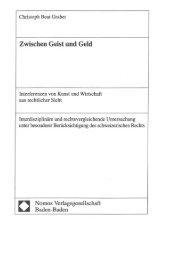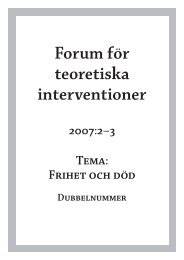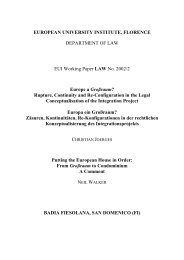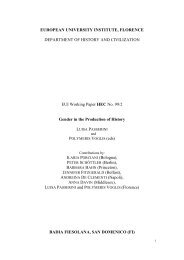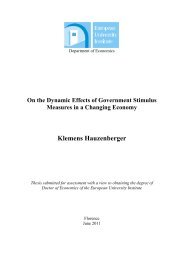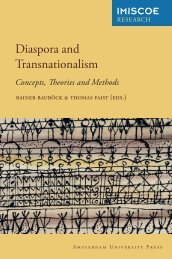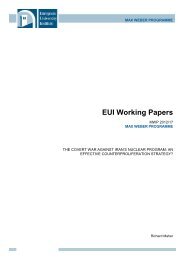Sinziana-Elena Poiana Ioana Lupea Irina-Madalina Doroftei Alina ...
Sinziana-Elena Poiana Ioana Lupea Irina-Madalina Doroftei Alina ...
Sinziana-Elena Poiana Ioana Lupea Irina-Madalina Doroftei Alina ...
Create successful ePaper yourself
Turn your PDF publications into a flip-book with our unique Google optimized e-Paper software.
Conclusion<br />
Romanian national identity can be explored well beyond the surface by looking at the history of the<br />
institutions that led to the assignation of certain features that are now defining what is Romanian and<br />
what not. Drawing on the political discourse built around state formation since the mid-19 th century,<br />
the WP1 report argues that despite incentives to dismiss a possible association, Romania is beyond<br />
any doubt Balkan. Historical evidence is used to support the theory of the legacy of social and<br />
political (Ottoman and Byzantine) institutions.<br />
Romania is not Western. The mid-19 th century political discourse of Romanian elites, which rejected<br />
the idea of transplanting Western forms of development onto profoundly Oriental societies such as<br />
those in the Romanian kingdoms, marked the Romanian national discourse for the next 150 years. In<br />
fact, the idea of “modernization as rape” resurfaced in the interwar and post – 1990 national<br />
discourses. Moreover, the Oriental was exceptionally defined by the religious legacy of the Byzantine<br />
Empire that made Christian Orthodoxy deeply embedded into the idea of “ being Romanian”. This<br />
deemed to create a series of challenges to the creation of a plural post-communist Romanian society,<br />
especially in relation to the state’s separation from church in the past 20 years.<br />
Romania is European. Like in all countries in Eastern Europe, the fall of the Berlin wall was seen as<br />
Romania’s long awaited opportunity to return to Europe. The alleged mismatch between the<br />
expectations that new EU member states had from Europe and those that the EU had from them, which<br />
caused nationalist backlashes in some of the Central European countries, was felt only in the very<br />
small circles of the Romanian elites. In fact, the promise of the European Union influenced the public<br />
discourse to such extent that no anti-European political discourse would find its place in the national<br />
public debate.<br />
After reviewing the main national identity components, as determined by Romania’s geographical<br />
location, institutional heritage, cultural identification and its new EU membership status, the WP1<br />
report continued to identifying the main challenges to cultural diversity relevant for the current<br />
situation in Romania and taking an in depth look at the main challenges posed by the discourse<br />
towards the largest ethnic minorities in Romania – Hungarian and Roma. Since immigration does not<br />
present relevant challenges for Romania up until now, the focus is placed on historical minorities. The<br />
Hungarian and the Roma minorities stand out, representing significant proportions of the Romanian<br />
population, and having brought their issues on the public agenda in the past 20 years, in comparison to<br />
other minority groups.<br />
Starting with the interwar national discourse, and moving on to the political solutions that the postcommunist<br />
Romanian government found for accommodating ethnic minorities’ demands, a series of<br />
questions that have significant policy implications are raised. Was the consociationist governance<br />
solution a lasting one in the case of the Hungarian minority? What are the challenges posed by the<br />
large Roma minority in Romania and what was the evolution of the tolerance discourse towards them?<br />
What are the implications of the Orthodox cultural heritage and why is the separation of the State from<br />
the Church so difficult to achieve?<br />
The Hungarian minority. Beyond any doubt, the Hungarian minority, currently representing 6,6% of<br />
Romanian nationals (Census 2002), was the main target of post-communist nationalism. It is<br />
interesting to analyze the power struggles within the Democratic Alliance of Hungarians in Romania<br />
(DAHR) – the main party representing this minority – and the way that they reflected onto the public<br />
position adopted by the Alliance on certain government policies, as well as the nationalist outbursts on<br />
both sides – Romanian and Hungarian. The WP1 report finds that three main categories of nationalists<br />
can be encounter in both groups – professional nationalists, crusaders and conformists. The DAHR<br />
74



